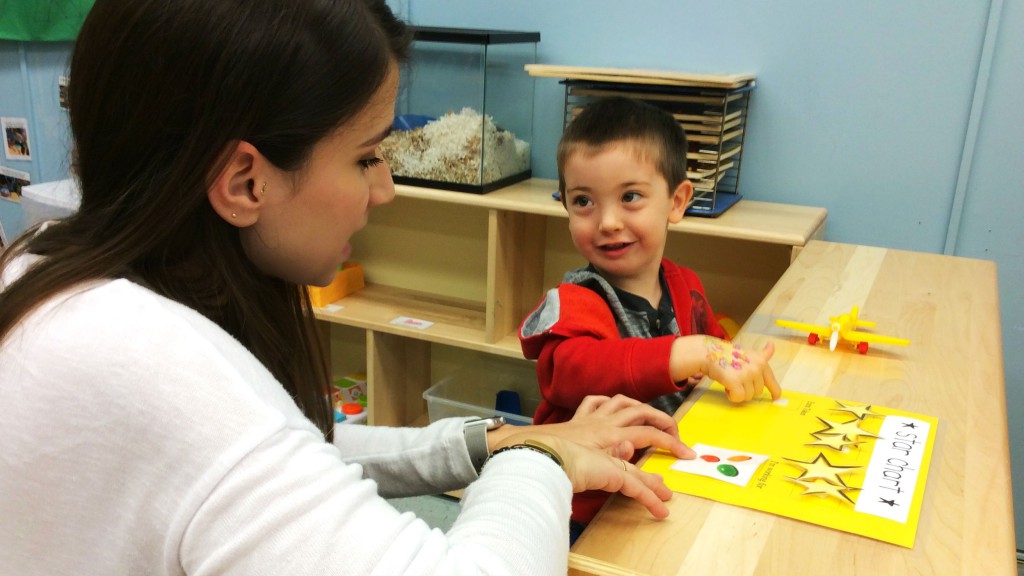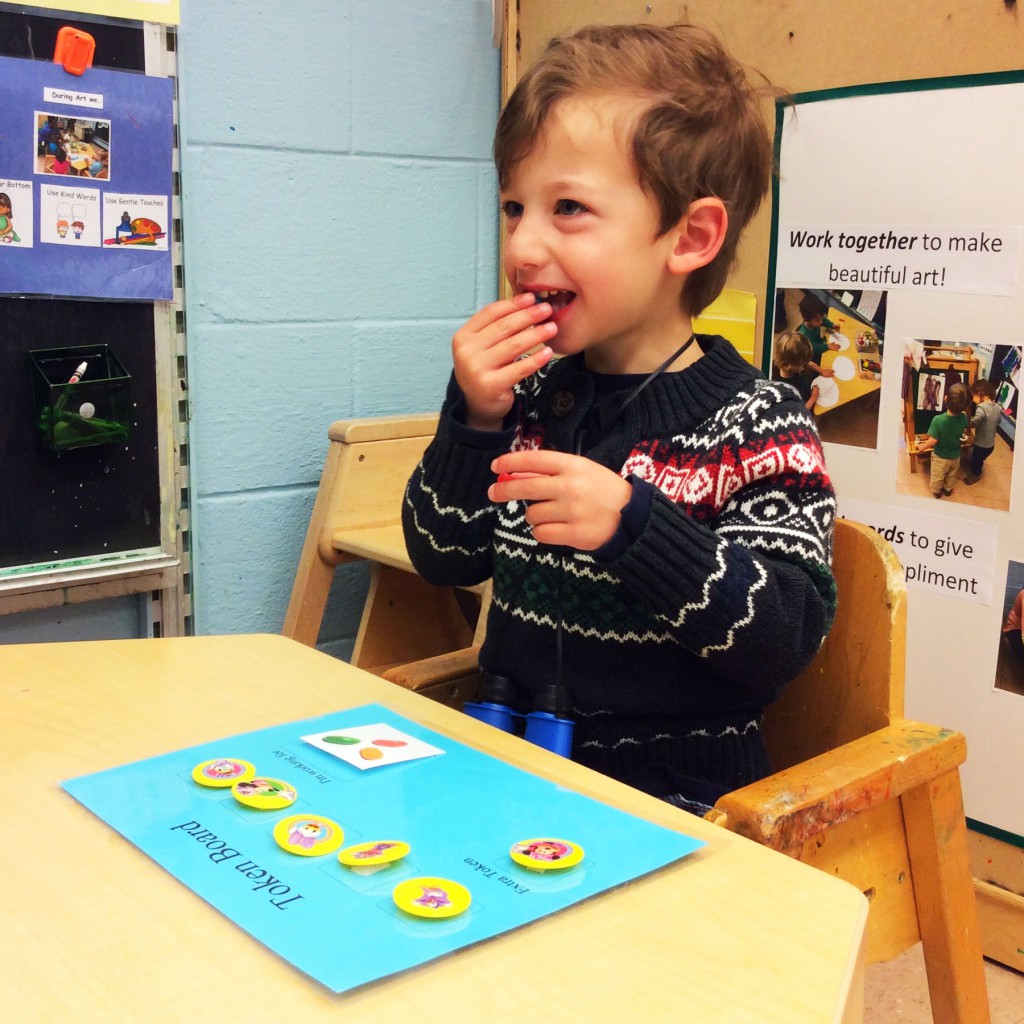Practices and Procedures Related to Reinforcement

What is reinforcement, and why is reinforcement important?
Reinforcement is anything that immediately follows a behavior that causes that behavior to increase in the future. Just as we talk about reinforcing a building with steel or bringing in reinforcement on a battlefield, when we talk about reinforcement with children, we’re talking about anything that strengthens a particular behavior in a child’s repertoire. When we think of reinforcement, we may think of social reinforcement (e.g., behavior-specific praise, high fives, tickles), tangible reinforcement (e.g., stickers, toys), or edible reinforcement (e.g., candy, cookies, crackers). However, absolutely anything that follows behavior can serve as a reinforcer. This could include songs, activities, removing social attention, reprimanding, breaks from difficult tasks, and even reinforcers like stereotypy, which are not manipulated by the teacher.
 As teachers and parents, we reinforce a variety of children’s behaviors all the time, even when we might not intend to. If you praise a child for raising his hand during circle time, and he raises his hand more frequently, social praise may be serving as a reinforcer. However, if you scold a child after she hits peers, and this leads to the child hitting her peers more often, scolding may be serving as a reinforcer, too. By understanding how reinforcement works, and then by identifying and using child-specific reinforcement, you can increase appropriate behaviors in a child’s repertoire and foster development in all areas.
As teachers and parents, we reinforce a variety of children’s behaviors all the time, even when we might not intend to. If you praise a child for raising his hand during circle time, and he raises his hand more frequently, social praise may be serving as a reinforcer. However, if you scold a child after she hits peers, and this leads to the child hitting her peers more often, scolding may be serving as a reinforcer, too. By understanding how reinforcement works, and then by identifying and using child-specific reinforcement, you can increase appropriate behaviors in a child’s repertoire and foster development in all areas.
When should I use reinforcement?
Reinforcers can be used in conjunction with evidence-based teaching strategies to strengthen a variety of skills and behaviors for children with and without disabilities. This includes behaviors and skills in all areas of development:
- cognitive skills (pre-academic and
 academic skills, like reading words and answering math facts)
academic skills, like reading words and answering math facts) - social-emotional skills (asking for a turn with a toy, greeting peers)
- fine and gross motor skills (cutting with scissors, engaging in physical activity on the playground)
- communication skills (asking for a turn with a toy, pointing to the correct picture, maintaining conversations with peers)
- adaptive skills (washing hands, toileting, putting on a coat)
- play skills (taking turns with a toy, putting shapes in a shape sorter, stacking blocks)
What are the important reinforcement-related procedures relevant to early childhood
settings?
To cite this page (APA 6th edition):
- Chazin, K.T. & Ledford, J.R. (2016). Practices and procedures related to reinforcement. In Evidence-based instructional practices for young children with autism and other disabilities. Retrieved from http://ebip.vkcsites.org/reinforcement